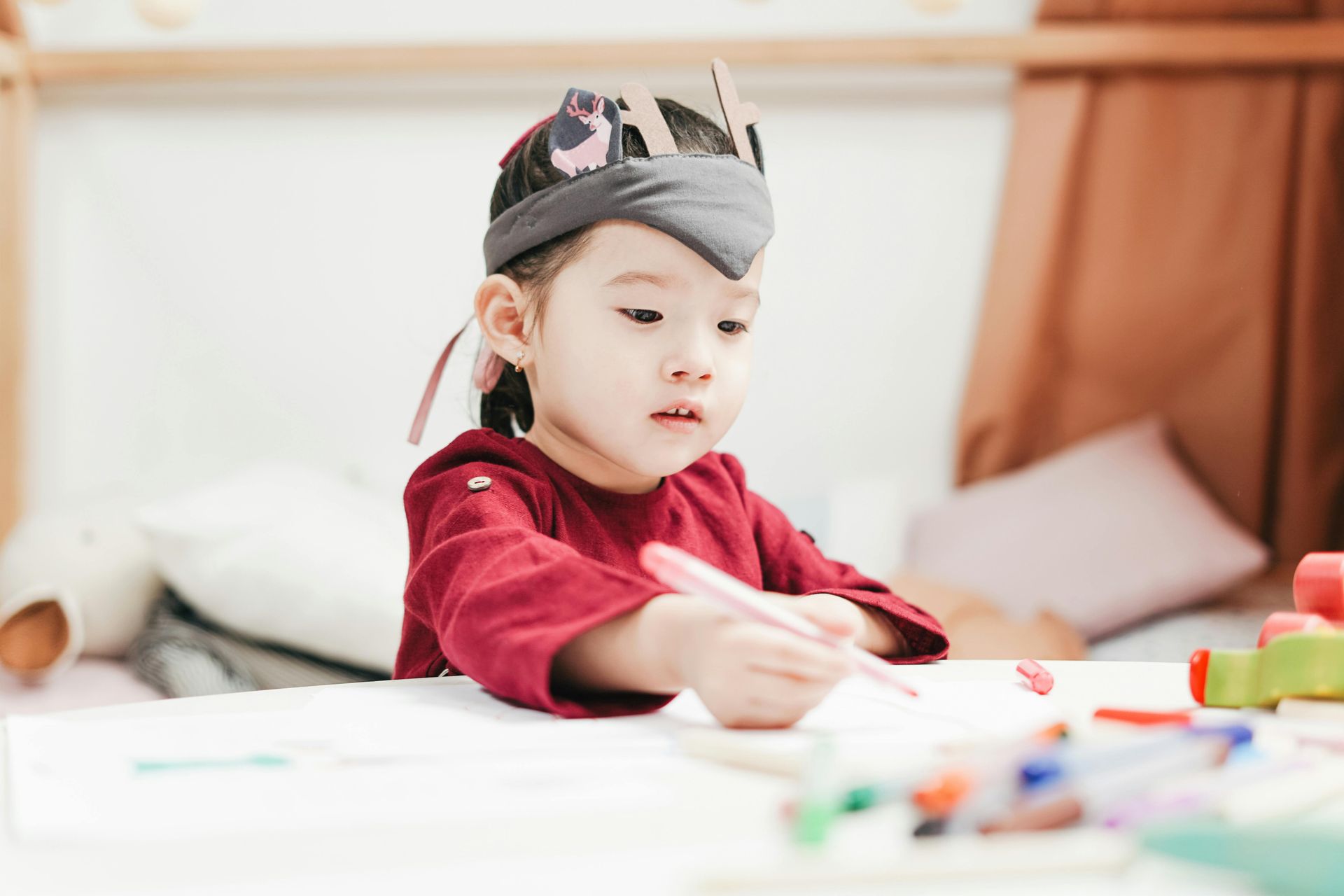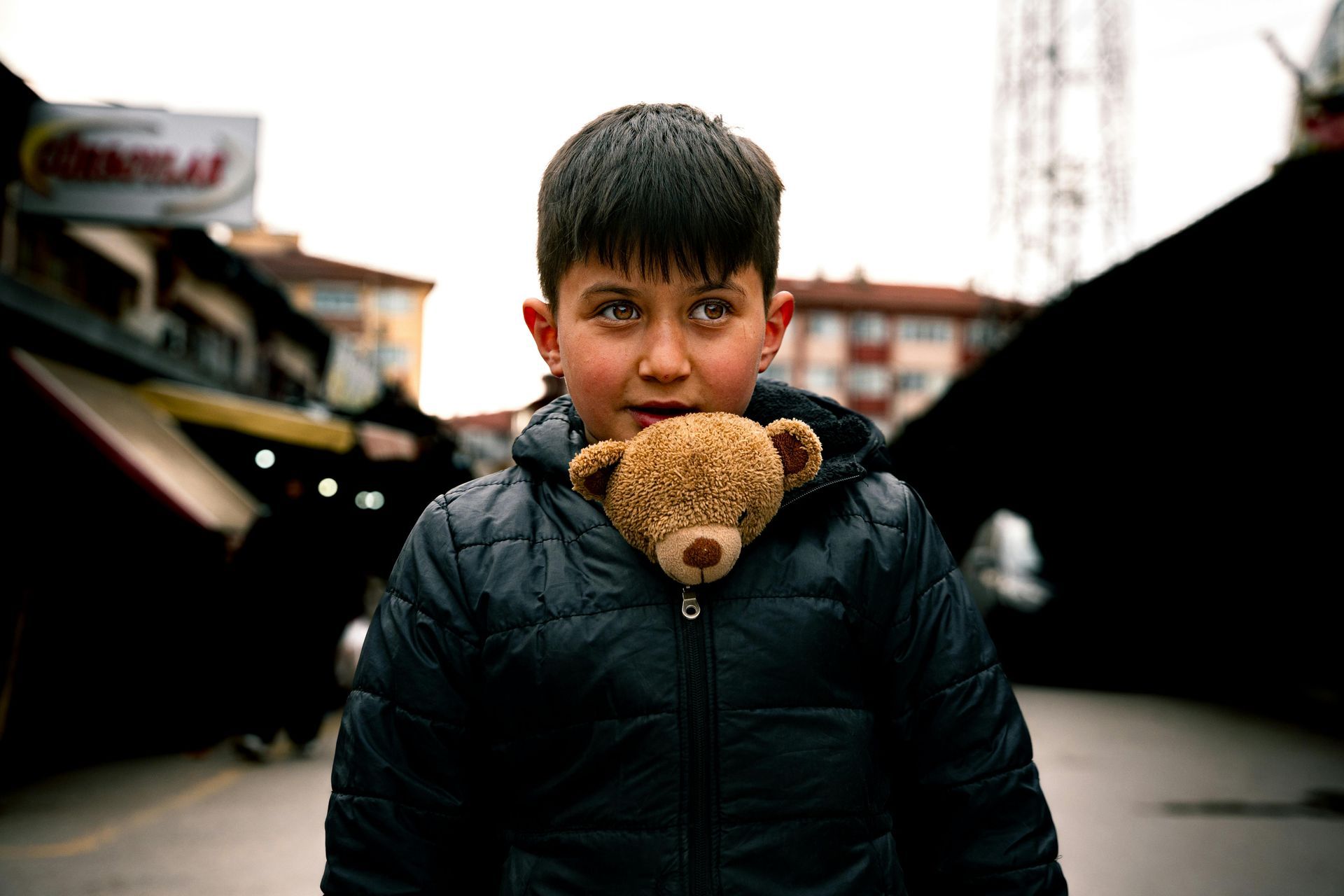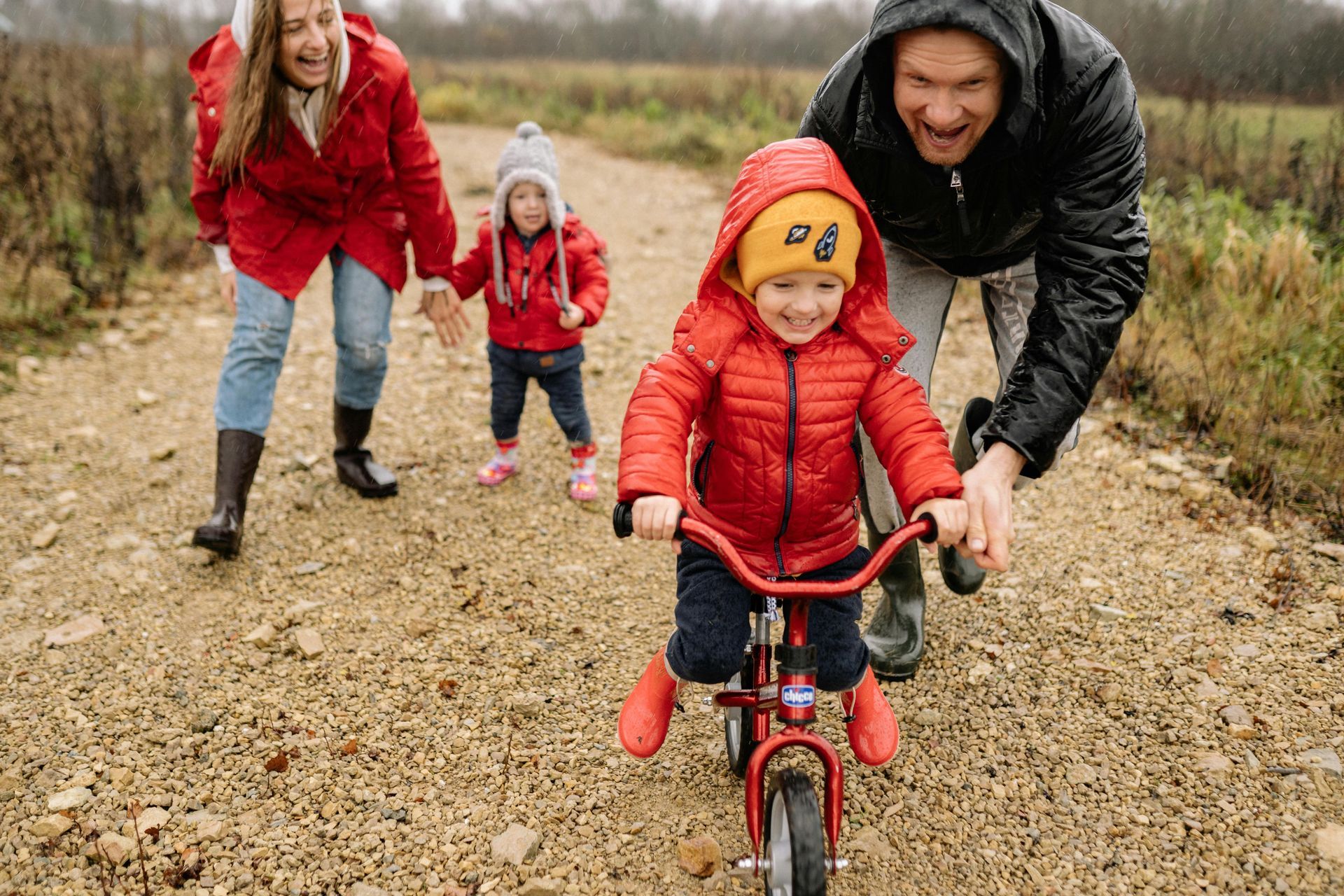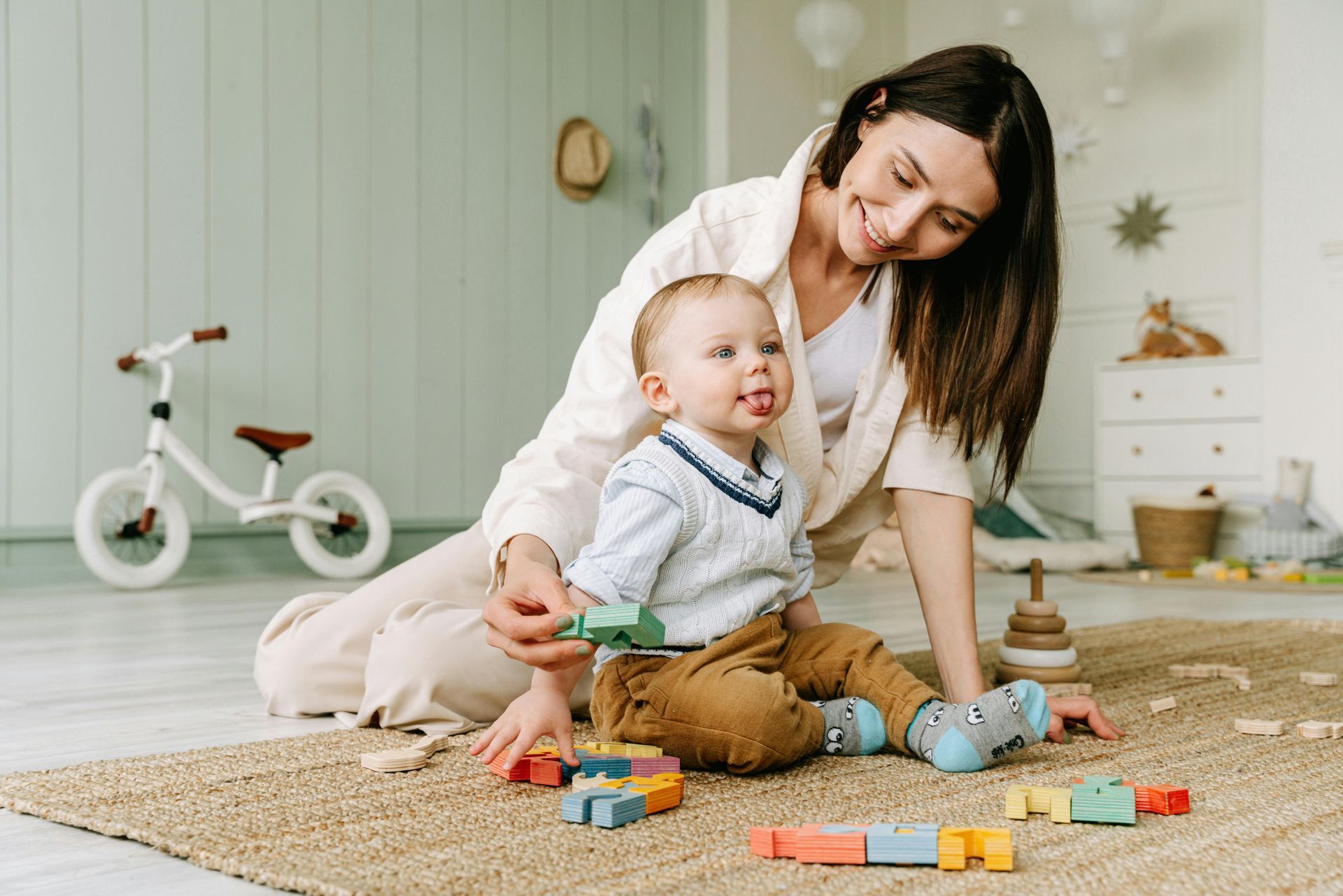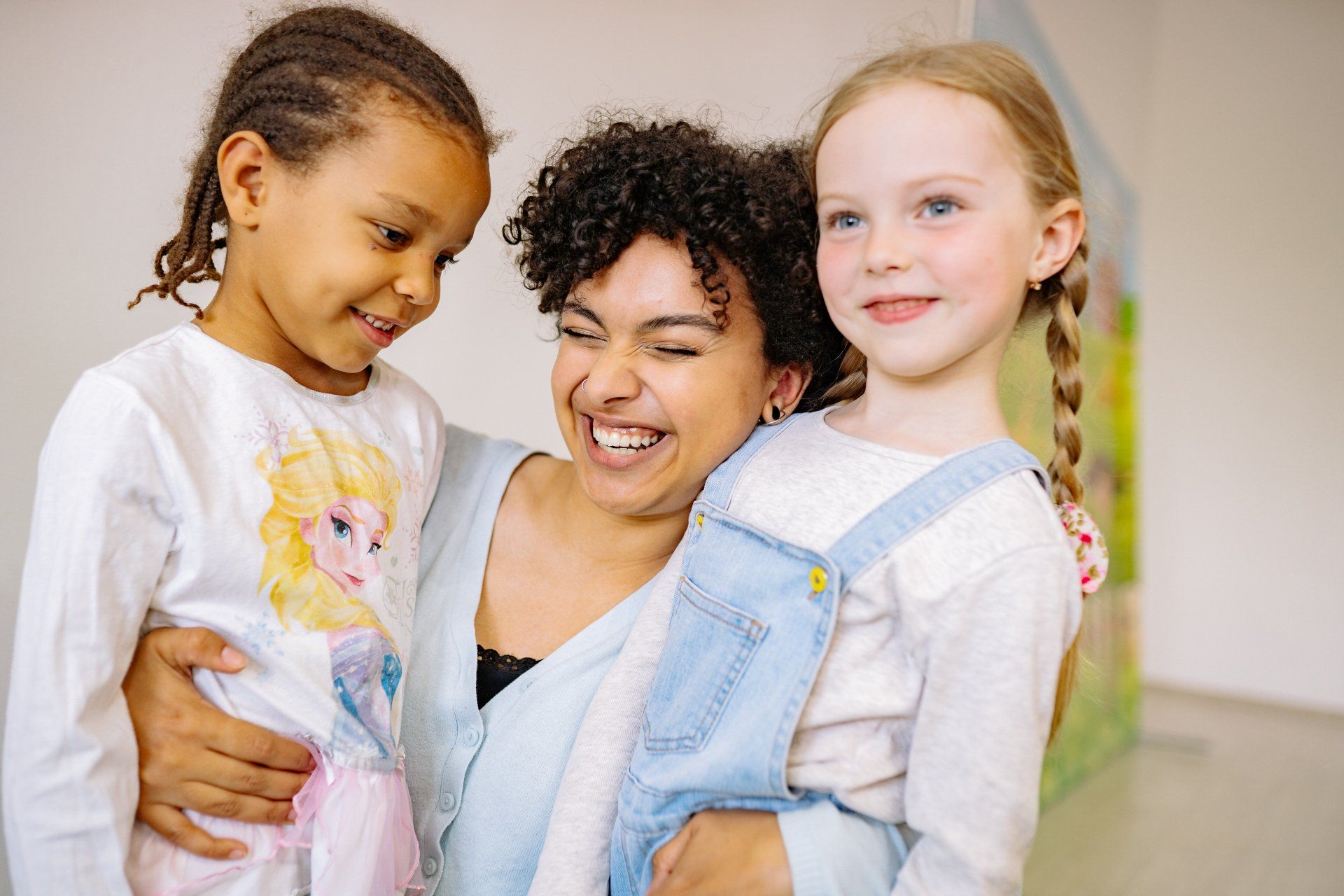The Role of Music and Movement in Early Learning at Welbourne Avenue Nursery
At Welbourne Avenue Nursery, we believe learning should never be confined to a desk or limited to quiet time. Young children learn best when they move their bodies, use their voices, and engage with rhythm. That’s why music and movement are key components of our daily curriculum — not as side activities, but as essential building blocks of development.
Music as a Gateway to Learning
Music speaks to children on a deep, intuitive level. It engages the brain, lifts the spirit, and helps young learners connect with each other and the world around them. From familiar nursery rhymes to drumming circles, music activates multiple areas of the brain at once — strengthening memory, pattern recognition, language processing, and emotional regulation.
At Welbourne, music is woven into every part of the day. We sing during transitions, hum during cleanup, and dance during group times. The classroom is alive with melody and rhythm — a constant source of learning and joy.
Language Development Through Song
Singing is one of the most effective ways to support early language development. Songs help children expand vocabulary, practice articulation, and improve listening skills. Repetitive lyrics reinforce word recognition and rhythm supports the natural cadence of speech.
We introduce songs from many cultures and languages, reflecting the diversity of our community and helping children appreciate different sounds and traditions. Singing also encourages shy or quiet children to participate and express themselves in non-intimidating ways.
Movement Builds Strong Bodies and Minds
Children are not meant to sit still for long. Movement is not a break from learning — it is learning. Whether it’s marching, stretching, swaying, or stomping, children build coordination, balance, and strength every time they move.
In our classrooms, movement happens intentionally and often:
- We use action songs to teach concepts like left and right, fast and slow, or high and low.
- We introduce yoga poses to teach body awareness and emotional regulation.
- We hold dance parties that promote social interaction and self-confidence.
All of this movement is more than fun — it supports neurological development, encourages sensory integration, and increases classroom engagement.
Emotional Expression Through Music
Music provides children with a safe and creative outlet to express their feelings. When words are hard to find, music gives children a voice. A quiet child might beat a drum to release frustration. A joyful child may twirl and spin with abandon. A group might bond through a shared clapping rhythm.
We offer instruments, scarves, and open space to encourage children to explore and communicate through sound and movement. These moments help children regulate emotions, relieve anxiety, and build resilience.
Cultural Awareness Through Sound
Music is a universal language — but it’s also a powerful way to introduce children to the richness of global cultures. We celebrate music from around the world in our classrooms, exposing children to different rhythms, instruments, and languages.
Whether it's African drumming, Caribbean steel pan, South Asian tabla, or European classical, each genre opens a window into a new tradition. This exposure fosters respect, appreciation, and cultural curiosity — values we hold dear at Welbourne.
Music in Storytelling and Literacy
We incorporate music into our storytelling sessions, using rhythm, rhyme, and melody to bring books to life. This integration deepens comprehension, increases attention span, and makes literacy more engaging.
Children also learn to associate sound patterns with letter patterns, improving phonological awareness — a key skill in early reading development. We support this with clapping syllables, rhyming games, and call-and-response chants that make language feel exciting and alive.
